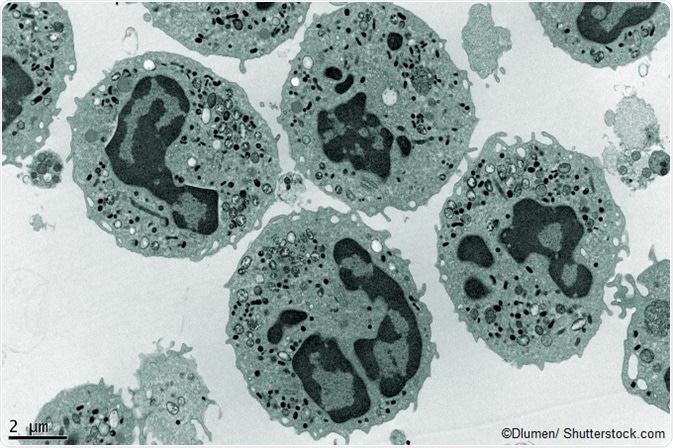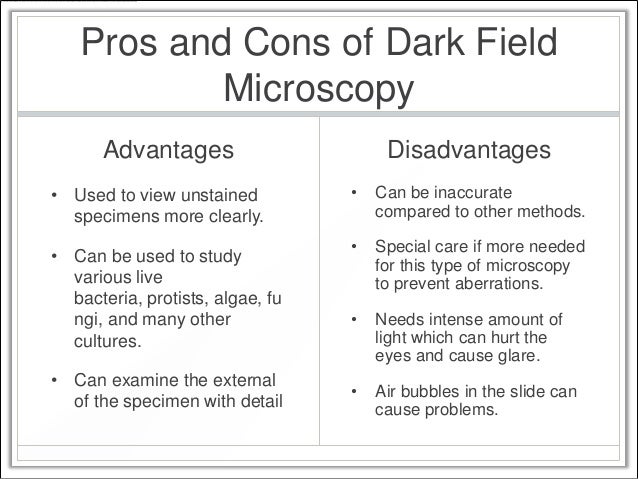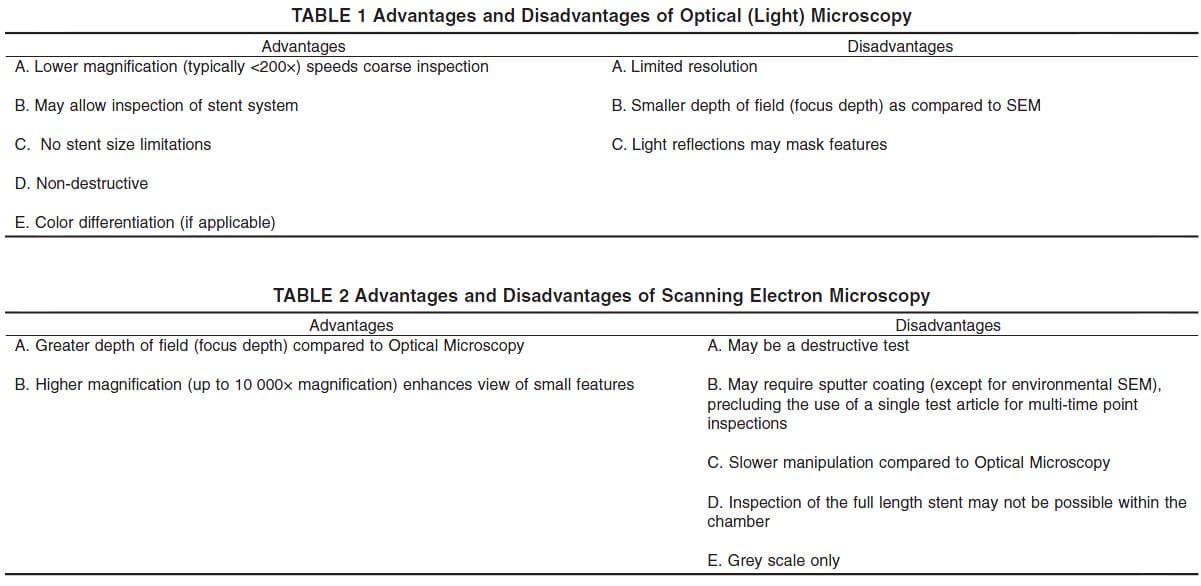
Live cell imaging is possible and hence the living cellular processes can be visualized Natural colour of specimen cannot be visualized Natural colour of specimen can be visualized Heavy metals are used as stains, which deflect the electron rays to produce the image For the visualization of images, fluorescent screen or photographic plates are usedĬolour imparting dyes are used for staining to provide contrast and differentiation Image cannot be observed with naked eyes, since electron beam cannot be visualized by human eye. Tedious specimen processing steps are involved prior to observation, it may take few days to complete The preparatory steps are relatively simple, it may take few minutes to an hour Only fixed, stained and non-living specimens can be observed Magnification limit is very high, possible limit is 500000Xįixed or un-fixed, Stained or unstained, living or nonliving specimens can be observed Magnification limit is less, possible limit is 1500 X Magnification is changed by adjusting power of electric current to the electromagnetic lenses Magnification is changed by changing the objective or eye piece lenses Image formation depends upon the scattering of electron beams by different regions of the object due to heavy metal staining Image formation depends upon the differential absorption of light by different regions of the object Specimen is mounded on metallic grid (usually copper)įocusing is by adjusting the lens position mechanicallyįocusing is done by adjusting the power of electric current to the electromagnetic lenses Vacuum condition is essential for its working since electron beans due to its shot wave length can be easily deflected and retarded by molecules in the airĪll lenses (condenser, objective and eye piece lenses) are made of glass or quartsĬomplete lens system are made of electromagnets, no glass lenses are used Vacuum condition is not required for the working of light microscope Illuminating beam of electrons pass through the vacuum Wave length of electron beam used is 0.5 Å Wave length of light used is 450 to 750 nm Uses electromagnets (electromagnetic lenses) to bend beam of electron to form the image of specimen Uses optical lenses to bend light beam to form the image of specimen Illuminating source is accelerated beam of electrons from a tungsten filament

Illuminating source is visible light (white light)


Zacharias Janssen in 1590 invented the first prototype of compound microscopeĭiscovered by Ernst Ruska and Max Knoll in 1931 Difference between Light Microscope and Electron Microscope


 0 kommentar(er)
0 kommentar(er)
